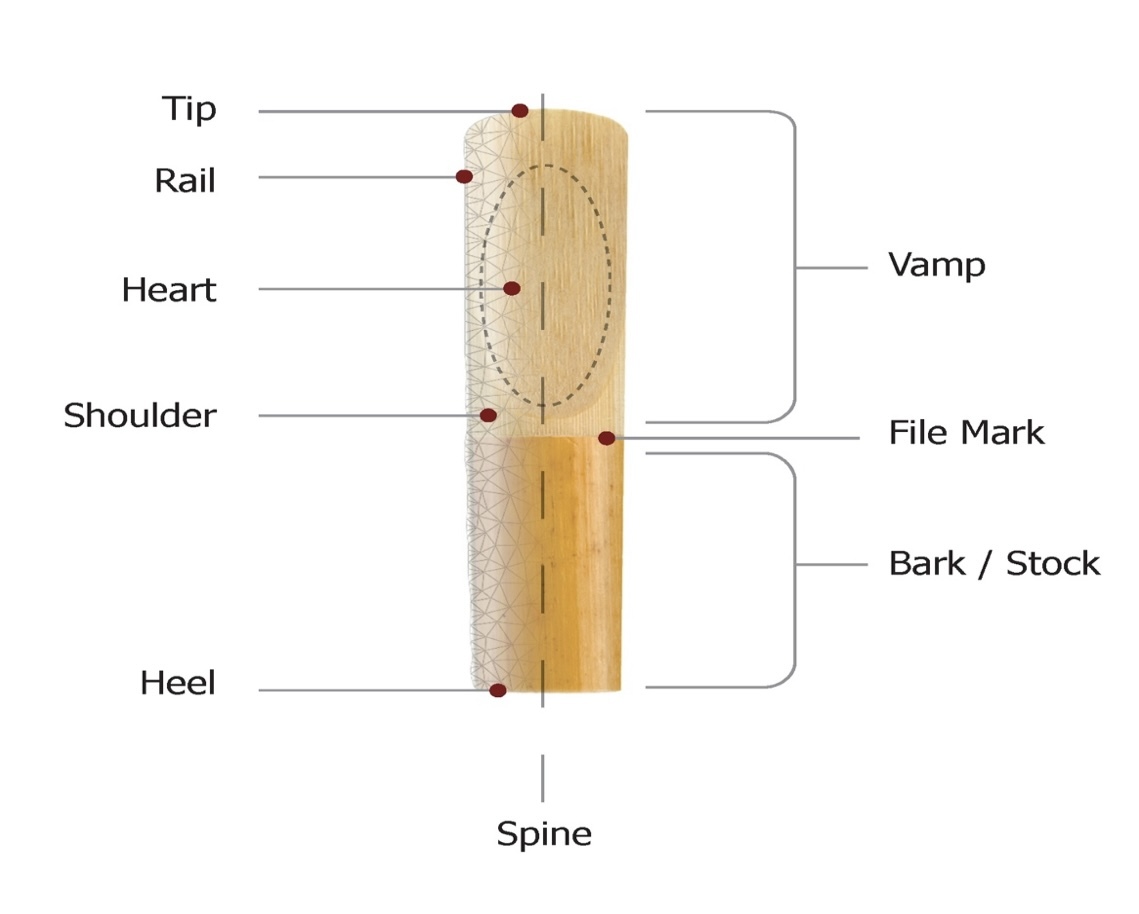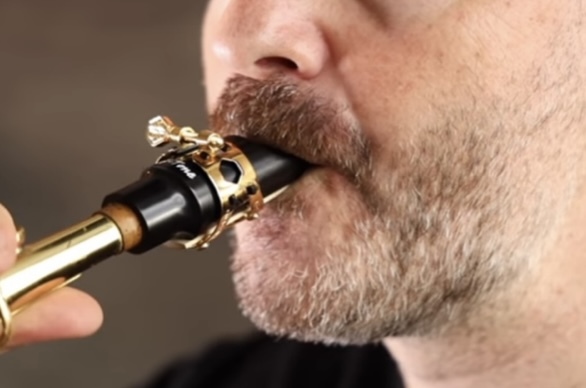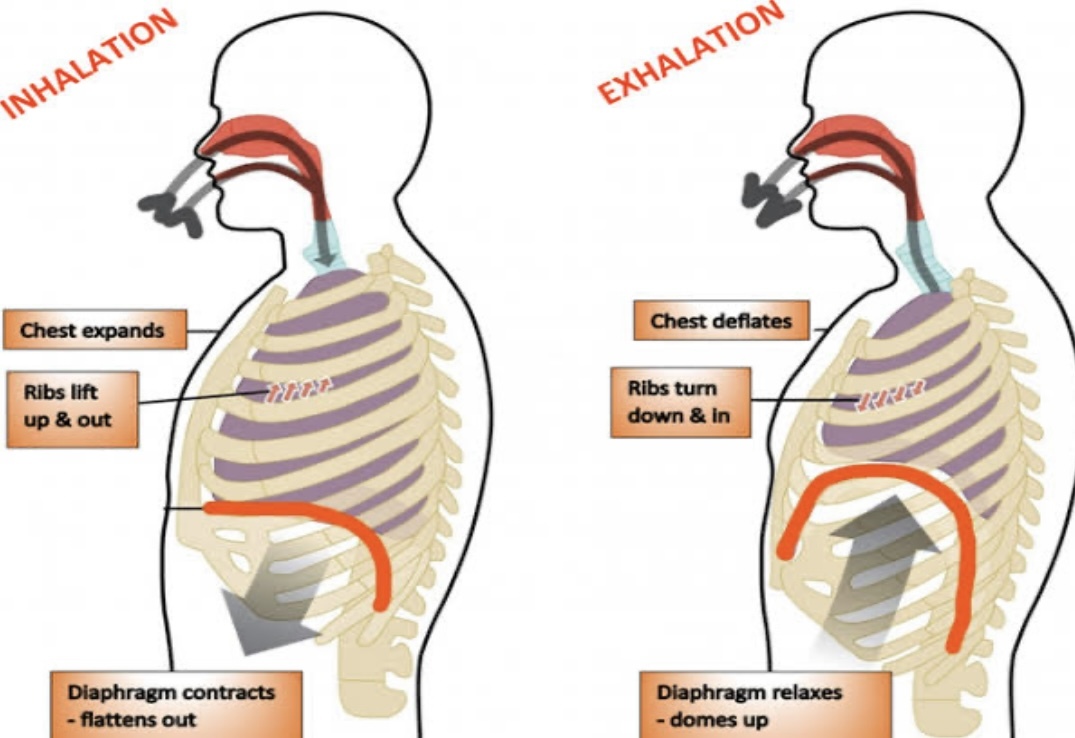 The performance of the high pitch and low pitch areas of saxophone has always been a problem for beginners. Some students even said that some high or low pitch can only be played when practicing a complete scale. If a certain high pitch or low pitch is played alone, there may be howling or no sound. When these problems occur, first of all, don't rush to repeat the playing experiment. Some experienced players also have these problems from time to time. Therefore, we should first find out the reasons why we can't play normally, and then we solve them one by one. This article will explain the reasons why it is difficult to play high notes and the solutions.
The performance of the high pitch and low pitch areas of saxophone has always been a problem for beginners. Some students even said that some high or low pitch can only be played when practicing a complete scale. If a certain high pitch or low pitch is played alone, there may be howling or no sound. When these problems occur, first of all, don't rush to repeat the playing experiment. Some experienced players also have these problems from time to time. Therefore, we should first find out the reasons why we can't play normally, and then we solve them one by one. This article will explain the reasons why it is difficult to play high notes and the solutions.
Common Saxophone Treble Problems and Solutions

1.Reed
The reed is an important accessory of saxophone. saxophone makes sound mainly by the vibration of the reed. The reed will vibrate xx times per second on average when we play. You can remove the reed on the mouthpiece to try, even if you have enough breath, you can't play the instrument. And the reed is made of natural reed, which has a service life, so we should check the reed state in time.
Before playing, we should first check whether the reed is damaged or stained. After confirming the basic state of the reed, we should start to wet and soften the reed. If the reed is too dry, it will make it unable to carry out normal vibration, which will lead to the phenomenon that the playing timbre is not beautiful, too sharp, howling or unable to play sound. The timbre of saxophone can be directly determined by the good or bad state of the reed.
As the reed is made of natural materials, we must pay attention to protecting the reed when using it, and clean it in time after use, which can extend the use time of the reed. In addition, beginners may not know how to use and play correctly because they are new to saxophone. In order not to cause unnecessary waste, we can choose resin reed to practice at the beginning.
How to Choose the Right Saxophone Reed:https://youtu.be/AwOYLDQgj4E

2.Incorrect mouth shape and strength
In order to play a good treble, in addition to reeds, we should learn the correct mouth shape and strength. The lips are an important medium to connect the human body and musical instruments, and the mouth shape is the best vibration point to support the reed, so our mouth shape is also related to our timbre.
We have already introduced how to make a standard and correct mouth shape in previous articles, so today we mainly explain the strength of playing and how to find a suitable playing method.
Deep analysis of saxophone playing embouchure – learn the four methods to solve problems of embouchure easily:https://www.sixmonthsrebellion.com/blog/posts/deep-analysis-of-saxophone-playing-embouchure-learn-the-four-methods-to-solve-problems-of-embouchure-easily
Because each of us has different breath, strength, even the thickness of our lips and the length of our tongues, everyone needs different breath, strength and even the best vibration point when playing. Beginners often have a mistake when they begin to play saxophone, that is, they overexert and tighten their mouth. They will silently recite every requirement of the teacher in their mind. Some students also think that they can play beautiful timbre if they can achieve the best of all their knowledge points. However, in fact, when playing, we need to loosen more. Loosening here does not mean complete loosening, but a controlled playing in a comfortable state.
In order to find a suitable playing method, we can try it ourselves, for example:
Find the right shaking point for yourself:
Hold a small number of mouthpieces to try, and then slowly hold more mouthpieces to try. In attempts, you can find your best voice, that is, the best vibration point.
Find the tightness that suits you:
At the beginning, we can play with a looser embouchure, and then continue to tighten the embouchure to find out the tightness of the embouchure that can play the most beautiful tone.
When we find the tightness of our embouchure and the best vibration point, we need to practice repeatedly and memorize to finally realize muscle memory. After mastering, we can easily play high volume music.

3.Can't use breath correctly
If you want to sound the saxophone, there is another very important element, that is, breath. Having sufficient and powerful breath is also what every musician who plays saxophone is looking forward to, because in some difficult music, the performer is usually required to have a very high lung capacity to express the music.
In the previous articles, we have introduced the method of practicing vital capacity in detail, and I believe you have learned it very thoroughly. However, there are still some students who can’t use their strength properly. They will even spend more time playing musical instruments than some people with small lung capacity. This shows that you haven't found the right way to use breath.
5 Tips for Beginner Saxophonist to Increase Lung Capacity:https://www.sixmonthsrebellion.com/blog/posts/5-tips-for-beginner-saxophonist-to-increase-lung-capacity
In fact, when we play saxophone, we don't have to play hard. You can watch some performance videos. Most of you are very loose and happy when playing saxophone, and this kind of problem is generally due to your failure to master the basic skills. How can we solve this problem?
First of all, we cannot play musical instruments with all our strength, because beginners often have no concept of "strength", so they will play hard. After we confirm the embouchure and lip strength, we should try to play the change of reed vibration caused by the change of breath from weak to strong, and try to play weak, strong and normal volume, on the premise of ensuring that the lips hold the mouthpiece and do not leak. When we can freely control our breath, we can easily play music of different volumes. At this time, we believe that we have learned how to use breath correctly.




